It’s clear that sustainability has a material impact on FMCG companies' financial valuation and public perception and, as a result, shareholders and executive leaders are demanding more action.
Last-mile sustainability, in particular, represents a huge challenge for the industry. That’s because, in 2022, the European courier express parcel (CEP) market reached over 17 billion parcels – a figure that, due to sheer size, poses lots of sustainability questions.
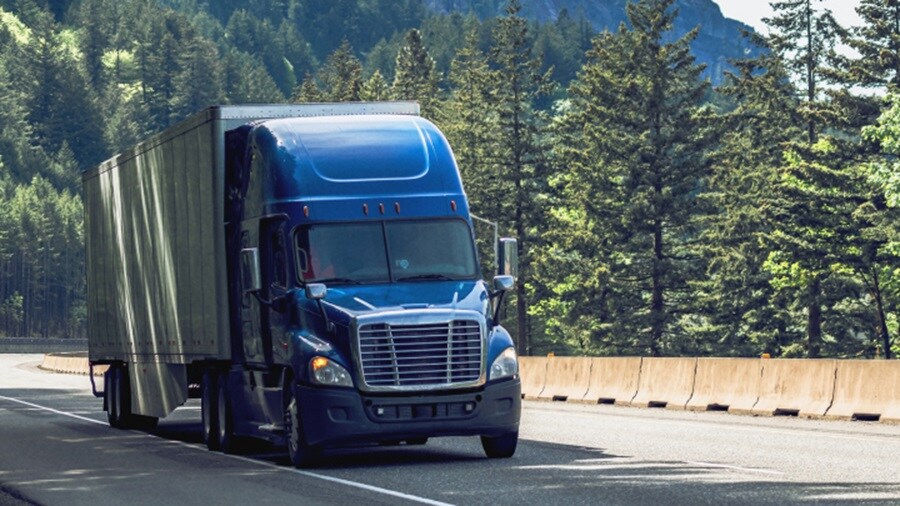
A question of scale
The root of the problem is that last-mile delivery sees scale unwinding. In the last mile, thousands of products must reach a thousand different destinations, whereas, during first or middle-mile delivery, these products are heading to the same destination.
Naturally, this impacts cost. For instance, when someone in London purchases a product from China, the product travels over 5,000 miles by air, rail, and road before being handed over by a delivery driver five days later.
But which part of the journey uses the most shipping costs: the several thousand miles or the final trip from the distribution centre to the front door?
You’d be forgiven for thinking it’s the journey that covers the most distance. But that’s not necessarily the case. Last-mile delivery can, in many instances, use more resources than the rest of the supply chain and can generate the most significant portion of CO2 emissions, making it a critical point of focus.
As an end-to-end logistics partner, this is our concern. We work with FMCG companies of all sizes all around the world, and we share the same goal: to reduce carbon in the supply chain. So, how can we improve last-mile sustainability in FMCG logistics?
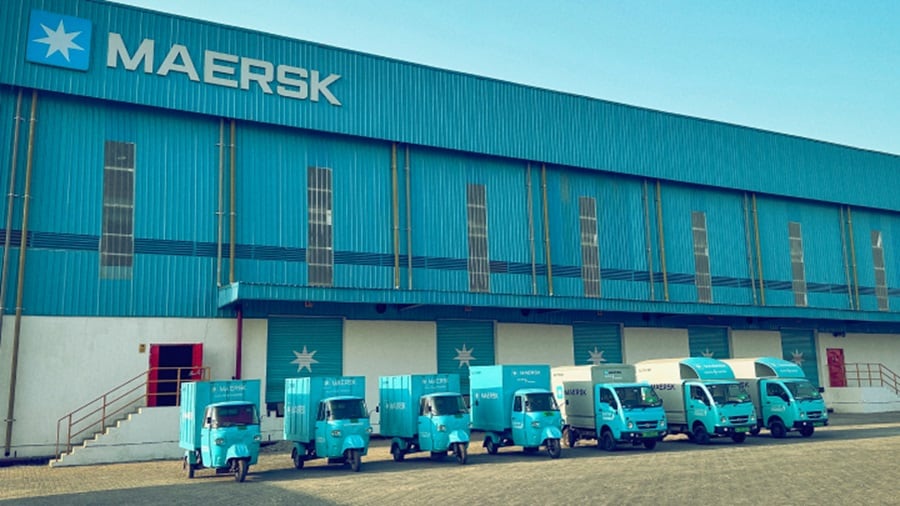
Cleaning up the last mile
Eating an elephant is a huge task and must be done one bite at a time. But, that said, the obvious place to start is with the mode of transportation. At present, two- or four-wheeled internal combustion engine (ICE) vehicles are most commonly used for last-mile FMCG delivery.
So, real change rests on the adoption of commercial electric vehicles (EVs) by fleets. But while interest in EVs is growing across Europe on the consumer level, this hasn’t quite embedded into the commercial vehicle market. Range anxiety, for instance, is a commonly cited concern.
Yet, given that 95% of parcel delivery routes require ranges under 100 miles, these fears should be negated. It’s up to us within the industry to accelerate this change. That’s why Maersk itself has made several investments in small EV trucks, specifically designed for last-mile deliveries, across the globe. Maersk will use the e-trucks for local deliveries in places like its large new warehouse in Duisburg which will be opened this summer and in the area Bremen/Bremerhaven, one of Maersk’s main gateway ports in Germany. A deployment of e-trucks for shunting containers within the warehouse areas is also considered to eliminate even smaller sources of GHG emissions along the transport chain.
The vehicles, however, are only part of the solution. To achieve ambitious sustainability targets, we also need an EV-centric mindset that addresses parking, charging, payment and operating infrastructure across the continent.
Many apps currently cater to some of these requirements, but at the time of writing, none do it all. By bringing together several of these services through one platform, fleet operators will gain the control to manage operational nuances more flexibly and efficiently. The next step has the power to enable a faster, smarter, cleaner last mile that’ll mean more parcels are delivered with significantly lower carbon emissions, and also fewer fines, fewer charges and less congestion.
Looking at the actual effects of the climate change in many countries, the significance of decarbonizing logistics cannot be understated. Maersk is considering decarbonized transport solutions not only as a crucial differentiator towards our customers, but even more also as a commitment to the societies.
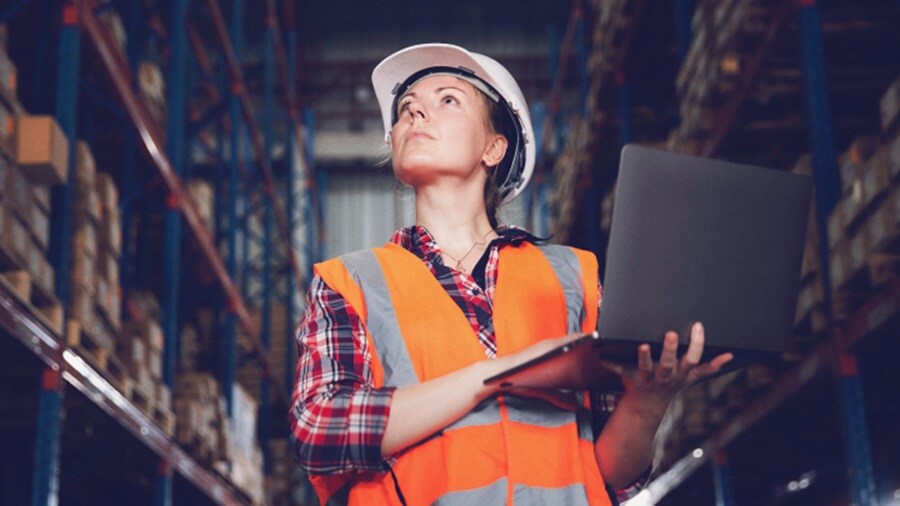
Improving warehousing sustainability
Warehousing is another key area of focus. The geographical location of warehouses and smart inventory management make a clear and obvious difference to emissions in the last mile. The more local, the better.
But the biggest difference can be made through the source of energy used during operation. Warehouses powered using renewables, whether produced on-site or externally, will reduce Scope 1 and Scope 2 emissions significantly, helping realise a more sustainable last mile.
Of course, the major benefit of producing it on-site is that it creates additionality. The more energy produced on-site, the more capacity can be added to the grid, which can save other buildings in the local area from using carbon-emitting resources.
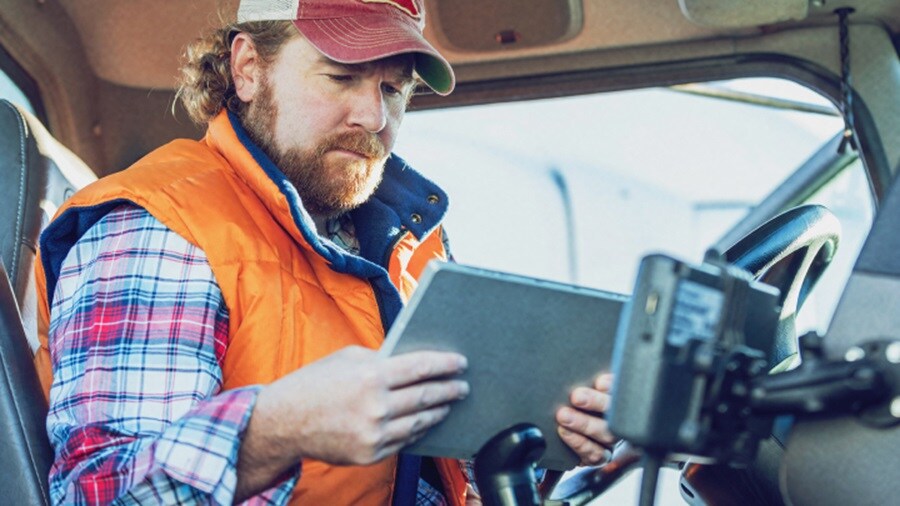
Adopting smart solutions
Then to some of the more innovative ways to deliver impact. Take smarter delivery as an example. Found in the form of automated lockers and click-and-collect points, pick-up drop-off (PUDO) networks are increasing in popularity and can significantly reduce Scope 3 emissions.
While this delivery method doesn’t reach customers’ doorsteps per se, many sustainability-conscious consumers are opting for it to save carriers from making unnecessary journeys, especially if they’re likely to be near the physical store in the coming days.
Similarly, route optimisation is another smart way to reduce carbon from last-mile delivery. Today’s GPS technology can provide exact real-time updates on a driver’s whereabouts, and this data can be analysed at scale by AI to advise on the most energy-efficient routes possible, even taking into account variables such as battery usage on a refrigerated EV. For instance, it may use less battery to take a route that, while longer, drops off all chilled goods first, so the refrigerator can be switched off.
However, it’s imperative not to think about sustainability in silos. Last-mile delivery data is most powerful when combined with data from all the other miles. By connecting data points across the supply chain, FMCG companies can create useable data products that provide actionable, energy-saving, carbon-cutting insights. Here’s where the Maersk Emissions Dashboard can help. It collates data across the entire end-to-end supply chain to give FMCG companies reliable emissions reporting for enhanced carbon footprint analysis.
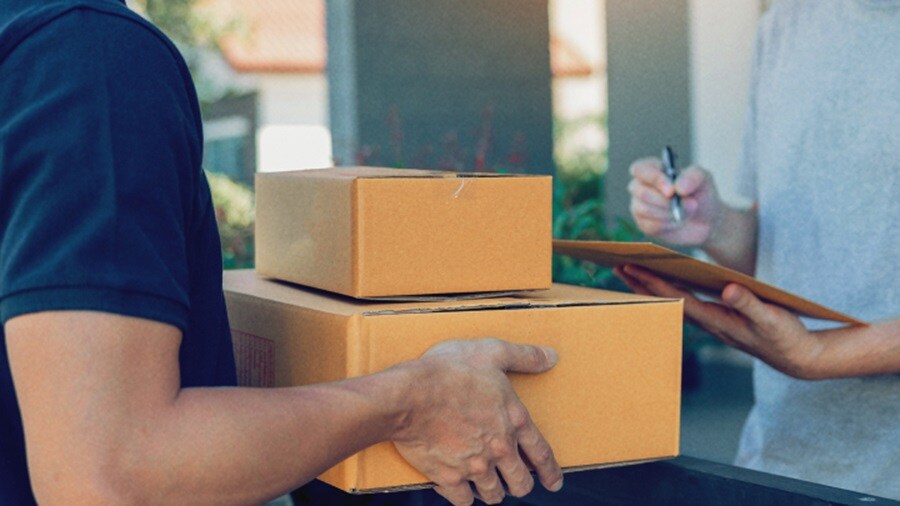
Taking a partnership approach
Finally — and just as vital as the technology, data, processes and vehicles — it’s fundamental to work with people and partners with a shared vision for a more sustainable world. We believe that the pursuit of true sustainability requires collaboration between all stakeholders.
In 2021, Maersk moved forward its climate ambitions by ten years, committing to be net zero across its business and value chain by 2040 with 100% green solutions for all customers.
Part of achieving this includes investing in the last mile: in 2022, we integrated last-mile delivery specialist B2C Europe into the Maersk organisation. This brings additional parcel delivery, customs clearance, e-commerce and returns expertise into our knowledge pool, and it means we can provide access to over 100 last-mile carriers through one simplified interface.
Last-mile delivery is the front line of logistics. It’s where goods are handed over to customers and it’s critical to get it right. Today, getting it right means removing as much carbon as realistically possible.
无论您需要什么,我们都可以随时为您提供帮助
I agree to receive logistics related news and marketing updates by email, phone, messaging services (e.g. WhatsApp) and other digital platforms, including but not limited to social media (e.g., LinkedIn) from A. P. Moller-Maersk and its affiliated companies (see latest company overview). I understand that I can opt out of such Maersk communications at any time by clicking the unsubscribe link. To see how we use your personal data, please read our Privacy Notification.
By completing this form, you confirm that you agree to the use of your personal data by Maersk as described in our Privacy Notification.
